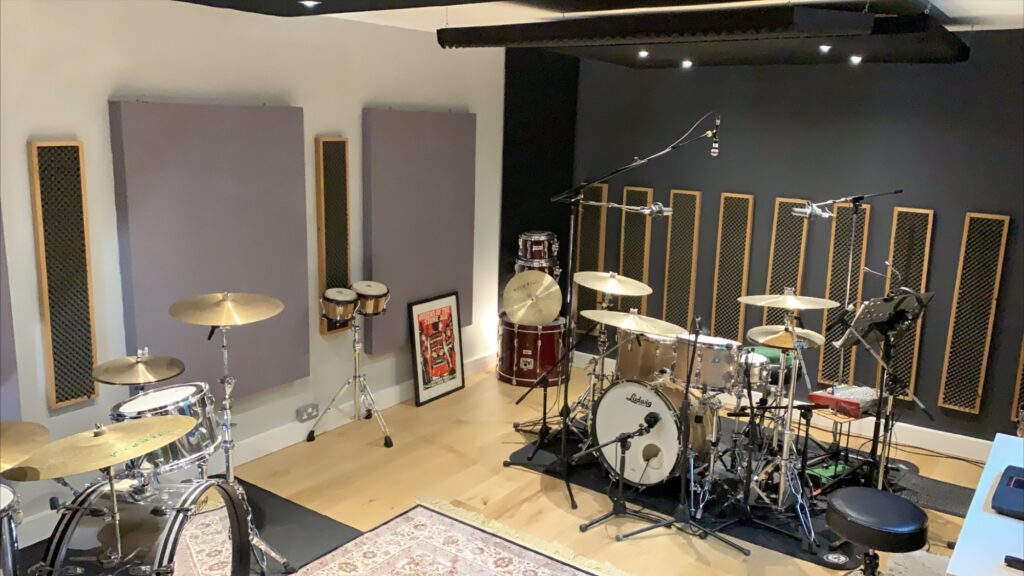The Noise Reduction Coefficient (NRC) is a measure of how well a material absorbs sound. It is expressed as a number between 0 and 1, where 0 means no sound absorption and 1 indicates total absorption. NRC ratings help determine the effectiveness of acoustic materials used in soundproofing and noise control applications.
How NRC Is Measured
NRC values are determined by testing materials in a controlled environment. The test evaluates sound absorption across different frequencies (typically 250 Hz, 500 Hz, 1000 Hz, and 2000 Hz). The average absorption across these frequencies gives the final NRC rating.
NRC vs. STC: What’s the Difference?
NRC measures how well a material absorbs sound, while the Sound Transmission Class (STC) rates how well a material blocks sound. If you want to reduce echoes and improve room acoustics, NRC is important. If your goal is to prevent sound from passing through walls or doors, STC is the key metric.

Ideal NRC Ratings for Different Applications
- Offices & Conference Rooms: NRC 0.70 – 0.90 for effective speech clarity
- Home Theaters & Studios: NRC 0.80 – 1.00 for superior sound absorption
- Restaurants & Public Spaces: NRC 0.60 – 0.80 to reduce background noise
Choosing the Right NRC for Your Space
When selecting acoustic materials, consider the purpose of the space. High NRC ratings work best for reducing echoes, while moderate ratings help balance sound control without eliminating all ambient noise.
Call us: Contact Waseem Technical Soundproofing Expert in Dubai For Soundproofing: +971 50 209 7517
Conclusion
NRC ratings are essential for creating comfortable and acoustically efficient environments. Understanding these ratings can help you choose the right sound-absorbing materials for homes, offices, and commercial spaces.




